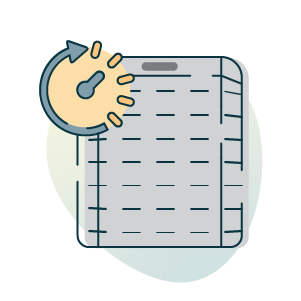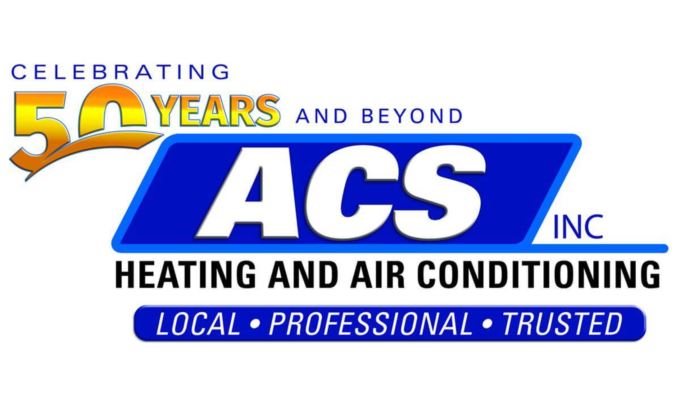Many people only schedule air conditioning repair when their system breaks down. However, the fact is your air conditioner will often drop hints letting you know it’s in trouble before a total breakdown that results in new AC installation. Understanding the warning signs and calling the experts at ACS Heating and Air Conditioning to address issues early can save you from the hassle and expense of a full AC system breakdown. More importantly, it can stop you from having to endure the discomfort of having your AC break down when it’s scorching hot outside.
When you call us, our team of highly trained HVAC technicians will diagnose the issue, fix the problem and get your AC back on track. We have a proven track record in the community and provide top-tier, budget-friendly AC service for local homeowners.
Why hold off until your cooling system quits? Skip all that hassle by calling today to schedule AC repair in Tucker, GA, from ACS Heating and Air Conditioning.

Warnings Signs You Need AC Repair
What are the signs your air conditioner needs repair? From strange odors to warm air coming from the vents, there are many indicators that your cooling system has an issue and needs evaluation or repair.
Here are some red flags that trouble may be on the way and it’s time to call an HVAC technician from ACS Heating and Air Conditioning:

AC is blowing hot air
If warm air is blowing out of your AC unit instead of cool air, or if the air isn’t as cold as you’d like, it’s a wise decision to call us for professional cooling service.
AC frequently turns on and off
If your AC system turns on and off instead of maintaining steady operation, it could be a sign of several problems and should be evaluated by one of our certified HVAC technicians.


Monthly utility bills increase for seemingly no reason
A sudden spike in your energy expenses can be a sign your AC unit is not running efficiently, which means it uses more energy to maintain a comfortable indoor temperature and needs AC maintenance or repair.
Odd smells are coming from your air conditioner
Air conditioners should not stink. A strange smell coming from your air conditioning system should be inspected by an HVAC technician, as they can be a red flag for issues like mold, mildew or even electrical issues.


AC starts making noises
If you hear odd noises when your air conditioning is running — banging, scraping or screeching, to name just a few — it’s important to call for professional HVAC service to get to the bottom of the issue.
Request Professional Air Conditioner Repair Now
When you need air conditioning service quickly, get in touch with the HVAC repair specialists at ACS Heating and Air Conditioning. We’ll promptly figure out the problem when your system won’t run or give adequate cool air.

